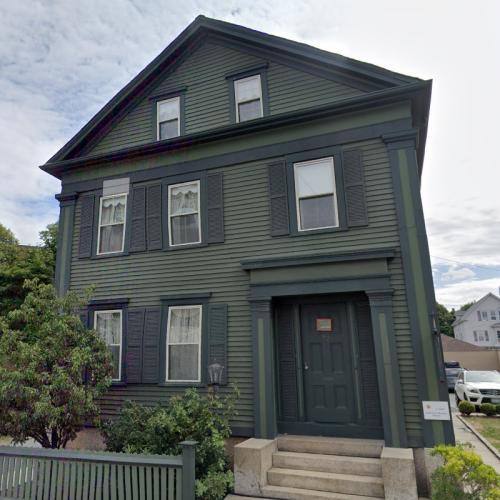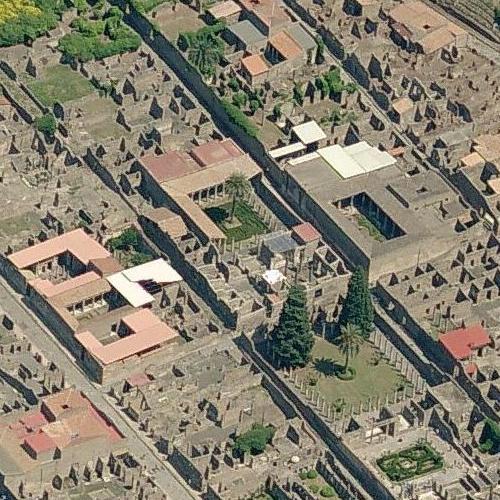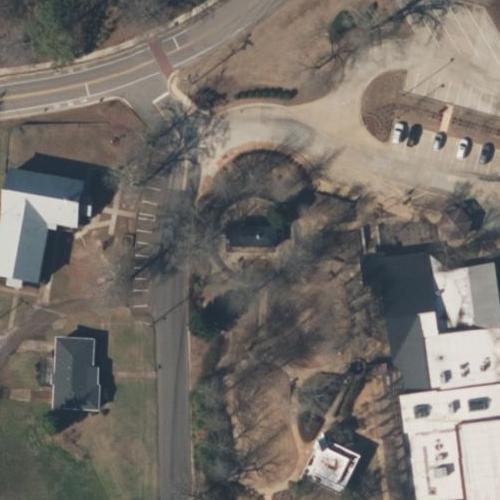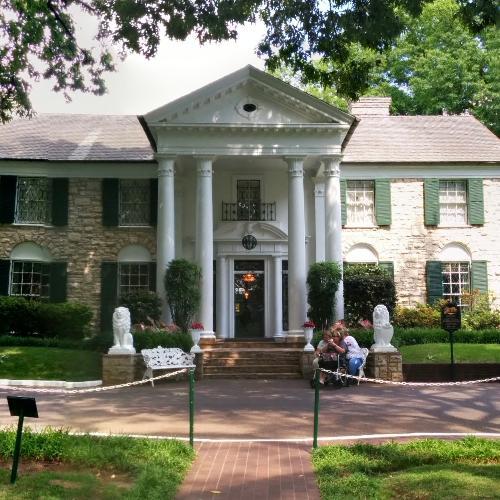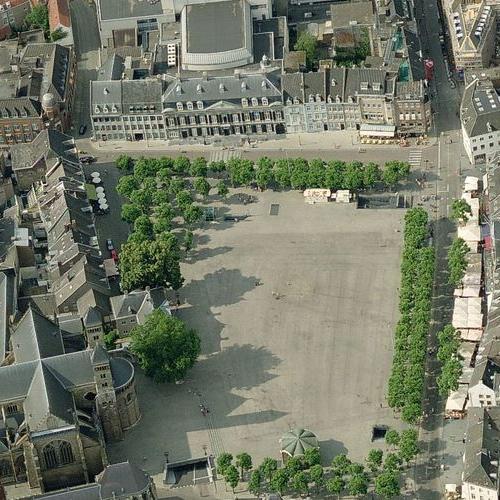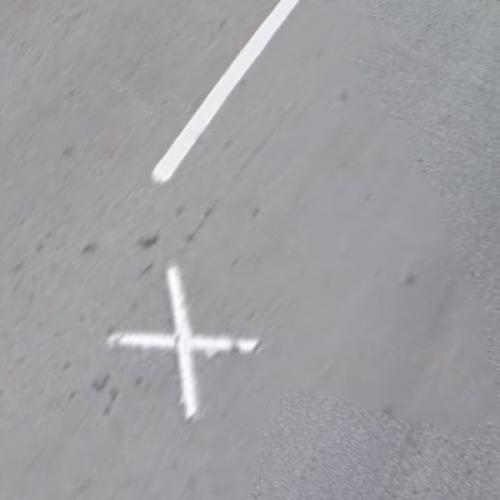Happy Hanukkah! Hanukkah, the Festival of Lights, is possibly the most famous Jewish holiday, at least in the US, due in part to it coming each year around the same time as Christians celebrate Christmas, and in part because it has a festive, gift-giving theme.
Hanukkah, also spelled Hanukah or Chanukkah, takes place for eight nights and days during late November or early December. The dates vary, as the calendar for Jewish holy days is set by the Hebrew calendar, not the Gregorian calendar. This year, it’s celebrated from December 10 to December 18.
Western Wall
Jewish tradition states that, after the Maccabbees purged invaders from the Second Temple and Jerusalem, they were ordered to purify the temple and light the lamps in the temple at night. They only had enough oil for one night, but through a miracle, the oil lasted the eight days needed for new holy oil to be made.
All that remains of the Second Temple where this miracle took place is the famed Western Wall. It was sacked in 70 CE by the Romans. Today, it holds religious significance for both Jews and Muslims alike, and they have built religious traditions around the wall, which can be visited in Jerusalem.
Al-Asqa Mosque
Jerusalem, and the area of the Second Temple in particular, hold religious significance in Islam as well. The followers who conquered Jerusalem built the Al-Asqa Mosque, one of the holiest sites in Islam, on top of the Temple Mount, the hill where the Second Temple once stood.
Dome of the Rock
Also located on the Temple Mount is the Dome of the Rock. The Dome protects a rock which is believed by Islamic, Jewish, and Christian faiths to be where Abraham nearly sacrificed his son Isaac, where God created the world, and a particularly holy place on earth. Islamic tradition holds that this is where Muhammad began his night journey to heaven.
Knesset Menorah
The menorah is the most well-known symbol of Hanukkah, the Festival of Lights. Because the oil burned for eight days, the memorial candelabrum has eight equal branches and a ninth that is larger or offset, which is used to light the other candles.
Outside the Knesset, Israel’s legislative body, is a large bronze menorah. It is about 15 feet tall, weighs four tons, and has several reliefs on it that depict Jewish history.
While Hanukkah is celebrated around the world in people’s homes, some places are well known for their community celebrations of the Festival of Lights.
Jerusalem, Israel
There is no better place to celebrate Hanukkah than in the place where it all started: Jerusalem. There are so many celebrations throughout the capital city that there’s something for everyone to enjoy. The Western Wall Museum and other locations in Old Jerusalem and the Jewish Quarter celebrate Hanukkah with special sincerity, as they are on the sites that make the holiday holy.
The Old City is walled in, and accessible through several gates, including the Lion’s Gate. As you walk through this gate, you can imagine how the Jews of the past felt celebrating Hanukkah and other events in the city, and feel connected to them.
New York City, New York
New York City is home to one of the world’s largest and most active Jewish communities, so it’s fitting that the city has several large menorah-lightning events. One Jewish organization has worked to have a Guinness World Record for the largest menorah.
Assembled and lit each year at Grand Army Plaza, opposite the famed Plaza Hotel, the menorah is a great symbol of light and the hope for peace the world over.
Paris, France
There is nothing better than celebrating the Festival of Lights in the City of Lights. There are many celebrations throughout the city, but a fun one is on the Champs de Mars, at the Eiffel Tower. The ceremonial lighting of a 30-foot menorah is followed by an outdoor concert. It’s December, so bring a jacket!
Charleston, South Carolina
For the past 15 years or so, the city of Charleston has held a “Chanukah in the Square” to kick off the holiday, with the lighting of a menorah, latkes, dancing, and fun. Charleston is home to the longest-running synagogue in the United States. Kahal Kadosh Beth Elohim Synagogue was founded in 1749, and is an important landmark and anchor to the old southern city.
This year, more than many, the Festival of Lights is a beautiful symbol that a “little bit of light dispels a great deal of darkness” (Rabbi Schneur Zalman). We can all agree that we need more light and joy in 2020. Happy Hanukkah!































